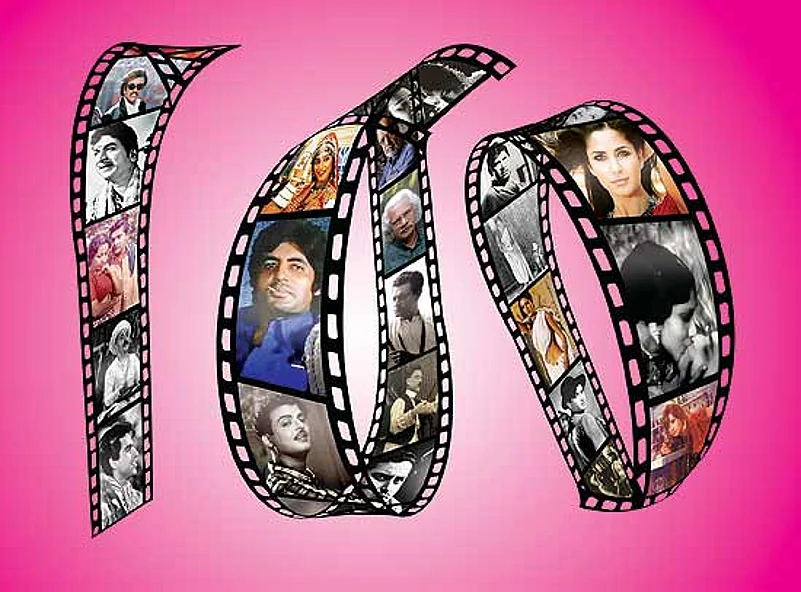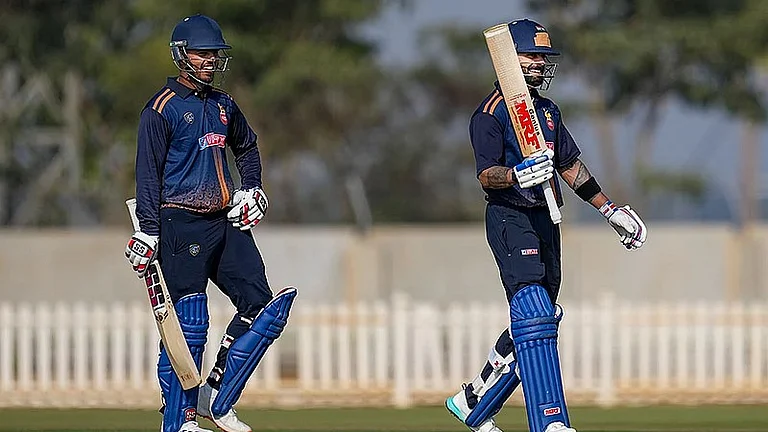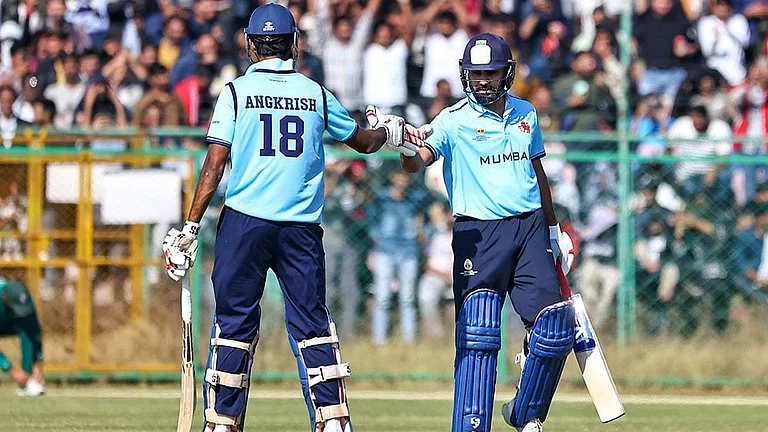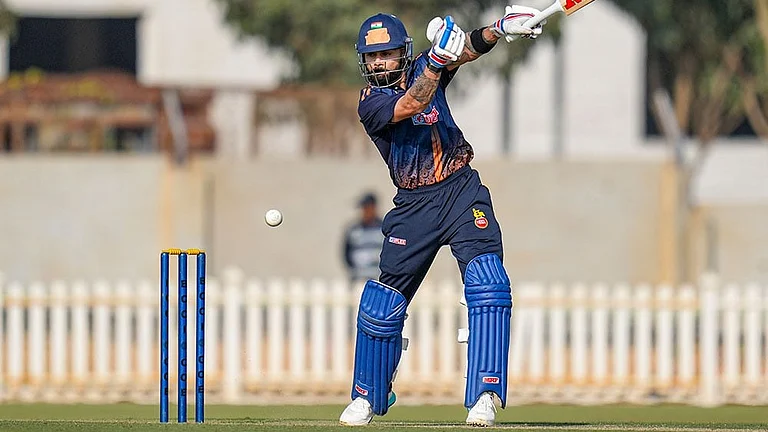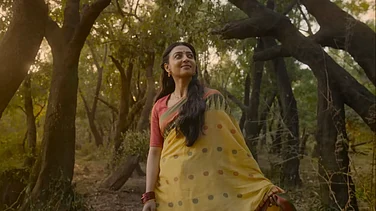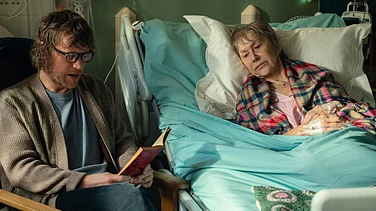Tamil filmmaker Nalan Kumarasamy was exploring the possibility of showing his film Soddhu Kavvum to a test audience, ahead of its commercial release, when he learnt that Avvaiyaar (1953) was one of the first Indian films to conduct such an experiment. It was shown to a handpicked few, re-edited based on their feedback, before making its way to the theatres. “I want to know more of such history. It could make us learn, try out new things and shape up better as filmmakers,” says Kumarasamy, who has the rare distinction of making his directorial debut in the very week Indian cinema turned 100, that too with a comic-thriller that has been universally hailed as “smart”, “organic”, “entertaining”. Says the newest, freshest Indian filmmaker on the block: “The celebration should not just be about the figure of 100.” For a country which consumes thousands of films every year, Kumarasamy feels that the centrality of moving pictures in our lives hasn’t quite been acknowledged in the sound and fury marking the Indian cinema centennial.
A film festival at Delhi’s Siri Fort auditorium, special issues by several newspapers and magazines, commemorative stamps by the postal department, a promise from the ministry for creating a screening hub for independent cinema in Delhi, speeches seeped in heart-tugging nostalgia for all our golden yesterdays, the infectious dynamism of today and the simultaneous hope for the future. The celebrations, as a whole, seemed quite like our films—disparate and drifting. No wonder veteran filmmaker Mrinal Sen considers 100 a limiting notion. “Cinema is a continuous process of creative growth and you can’t put a time limit on it; I have no archival interest in cinema; therefore the observation of hundred years of cinema does not interest me at all,” he says. On the other hand, Gauri Shinde, director of English Vinglish, finds it overwhelming to be a part of the industry at such a momentous time. “None of us would be around when it turns 200,” she says.
Will Indian films be around? Some like filmmaker Farah Khan say it’s getting tougher by the day to be in this industry. “Problems in filmmaking are growing. Entertainment tax is rising. There is censorship. Bollywood is blamed for all the ills in the society. Intolerance is at its peak. The No Smoking signs we are forced to put up in films are unheard of in any other cinema of the world. It’s a miracle that cinema has survived in India,” she says. The government, she adds, has done little to provide support to the industry and reduce its woes.
But can the youngest of all arts, at just 100 years old, really fade away so quickly? No, says veteran filmmaker Shyam Benegal, as he views films from a higher perspective. Cinema, he says, has been amongst the biggest and most extraordinary inventions of the late 19th century. “It managed to cast a spell across the world. It’s a work of art and the biggest source of entertainment. Cinema has taken over our imagination in a way very few things have,” he says. He thinks it needs to be celebrated specially in India where films are made in more languages than any other country of the world.

The beginning... Raja Harishchandra
But for young filmmaker Anand Gandhi, whose debut film Ship of Theseus is still awaiting release, the 100 years should have been more about collective introspection than a celebration. “I don’t want to be the party-buster here but in these 100 years we have been lagging behind in craftsmanship, aesthetics, design and perspective,” he says.
For award-winning Marathi filmmaker Umesh Kulkarni too, it’s a good time to view things from a distance rather than “celebrating for the sake of celebration”. “It’s not just films or filmmakers. We also need to ask if we have developed as an audience. Are we mature enough to understand the language of cinema? Or is it still an extension of folk art?” he asks. He thinks that it’s still only a certain kind of film that manages to reach all over India. “Things can be planned at a policy level so that we are able to see films from all the regions. We need to find platforms where every kind of film finds space,” he says.
In a bit of crystal-ball gazing, how will films be in a 100 years from now? “Technology is bound to go on changing and cinema will go as far as the limits of technology will take it,” says Benegal. Already, with digital technology, cinema’s tools are becoming accessible, and anyone can become a filmmaker. Technology may play a big role “but films have always been a journey of creativity and will continue to be so”, says Sen. There’s another more important change—films are becoming more about consumption than viewing. “Cinemas have become like restaurants and ice-cream parlours. Watching films has come down to just having popcorn,” says Kulkarni. But almost everyone agrees films will always be there, even if the form and content change in a major way, as long as there are good storytellers and an audience willing to listen to them.
By Namrata Joshi with Dola Mitra in Calcutta






